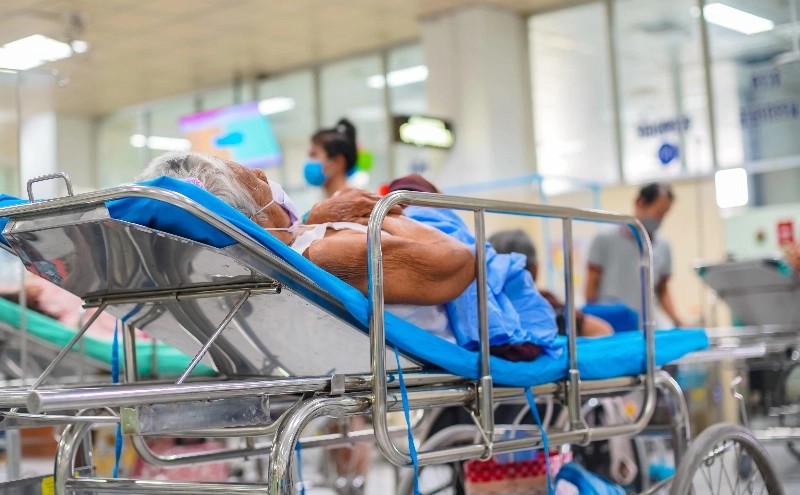In countries with a very high Human Development Index, disparities are seen, although they vary
By Elana Gotkine HealthDay Reporter
WEDNESDAY, Feb. 14, 2024 (HealthDay News) — Disparities in stroke incidence are seen between Indigenous and non-Indigenous populations in countries with a very high Human Development Index (HDI), according to a review published online Feb. 14 in Neurology.
Anna H. Balabanski, M.B.B.S., Ph.D., from Monash University in Melbourne, Australia, and colleagues examined stroke incidence in Indigenous populations of countries with a very high HDI in a review of population-based stroke incidence studies published between 1990 and 2022 among Indigenous adult populations of developed countries. Twenty-four studies from seven countries met the inclusion criteria.
The researchers found that the age-standardized stroke incidence rate ratios were greater in Aboriginal and Torres Strait Islander Australians, American Indians, Sámi of Sweden/Norway, and Singaporean Malay than the respective non-Indigenous populations (1.7 to 3.2, 1.2, 1.08 to 2.14, and 1.7 to 1.9, respectively). Considerable heterogeneity was seen in design and risk for bias. Indigenous stakeholder involvement was rarely reported; few studies met any of the CONSIDER criteria for research among Indigenous populations.
“Our study could be used to inform future stroke epidemiologic research in Indigenous populations, undertaken in partnership with Indigenous Peoples, potentially expanding beyond developed countries, to facilitate capacity building for Indigenous researchers and health care providers, and to diminish stroke burden in their communities,” the authors write.
Abstract/Full Text (subscription or payment may be required)
Copyright © 2024 HealthDay. All rights reserved.








